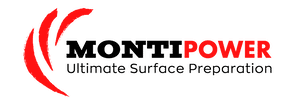Dr. Prepper
edition 9

Coatings containing the carcinogenic chemical compound chromate (hexavalent chromium, CrVI)
CrVI (6) is found in 55% of the studied coating samples by a new testmethod, a new groundbreaking self-test method to detect hexavalent chromium in coating samples. The new solution solves the problem of false-negative and false-positive results.
Primer coatings containing the carcinogenic chemical compound chromate (hexavalent chromium, CrVI) have been widely used since WWII.

The regular RED PAPER from MontiPower®. Full of nice to know – and need to know – facts about the most optimal surface preparation since 1987.

These coatings can be found on many different spray coatings, they are often used on the metal surfaces of ships, airplanes and infrastructure such as bridges, containers, factories, steel structures in buildings and even metal and wooden window frames. Once applied, CrVI is stable and safe for humans.
Depending on the application, various CrVI compounds of salts, hexavalent chromium salts can be identified. For example, in the aircraft industry, strontium chromate is still the most used chemical against corrosion. Dutch railway company (NS) used lead chromate for wagon coatings. In the past, zinc chromate has been extensively used in primer coatings.
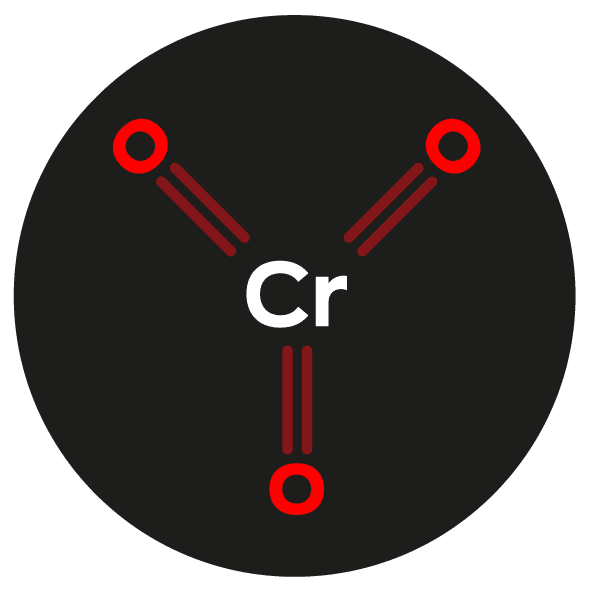

CrVI compounds in coatings have proven to be outstanding corrosion blockers and provide excellent adhesion to various substrates. The chemical process is straightforward with steel (Fe) or aluminium (Al) attracting the chromate ions.
A very thin layer is then formed on the surface of the substrate, sometimes only one molecule thick. This causes passivation to occur and electrons cannot be transferred from the base material to the environment thereby stopping the corrosion process. The interesting thing about Chromium-6 is that it works over and over. Each time a coating damage occurs, chromate ions come to the rescue until all chromates are dissolved.
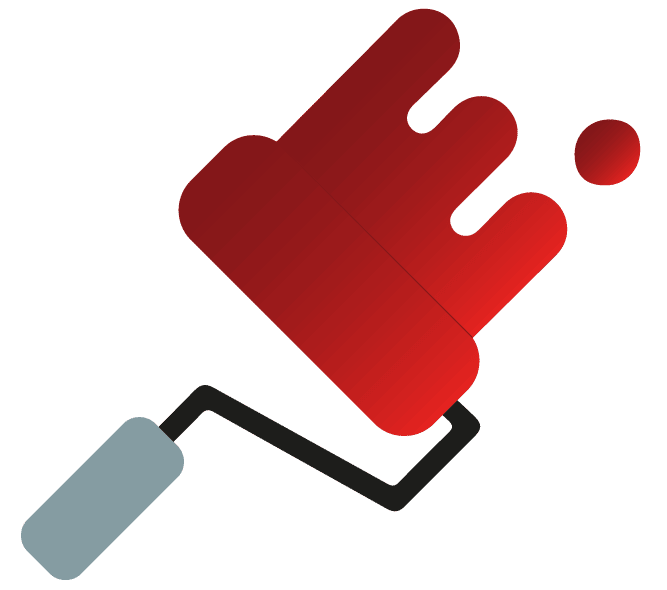
Applying the coating works as follows: First, a very thin pre-treatment layer is applied to the metal that is to be protected. This layer is only a few micrometers thick. This is applied to allow the subsequent layers to adhere to the metal.
On top of this adhesive primer, the layer containing the anti-corrosion functionality is applied: the primer, which is usually about 25 micrometers thick. And on top of that the so-called topcoat is applied, which is at least 30 micrometers or more. The primer contains a chromium-6 salt. There are many different possibilities, and each manufacturer makes its own choice for a specific Chromium-6 salt. Examples of salts that are added to the primer are strontium chromate or barium chromate.

The first Dutch Governmental studies into chromates date back to 1985 when worker safety was becoming an important issue and many studies are still ongoing today. Since March 1, 2017 the Dutch government has set a maximum allowable exposure limit of 1 μg/m3. This limit is also valid for surface preparation. In over 55% of all coating samples that the Seef BV lab analysed hexavalent chromium was present. The scale of the problem is particularly serious in cases of surface preparation for recoating to prolong life of the assets.


However, using CrVI in coatings has potential serious drawbacks in addition to its beneficial properties. Applying high velocity impacting methods of surface preparation such as cutting, grinding and grit blasting onto coated objects, can cause detrimental effects to steel by smearing and burnishing. The resulting gases, fumes, dust and coating particles can be hazardous to the health of the applicator and the environment.
Small particles with carcinogenic CrVI can spread into the air, which can cause lung, nose, sinus, stomach or larynx cancer. In addition, these small dust particles can cause the development of asthma or COPD (Chronic Obstructive Pulmonary Disease). The emitted materials cause harm to the environment.
Recent studies have shown that between 1984 and 2006 approximately 2500 Dutch Army employees have been exposed to CrVI containing coatings. They were insufficiently protected by protective gear.
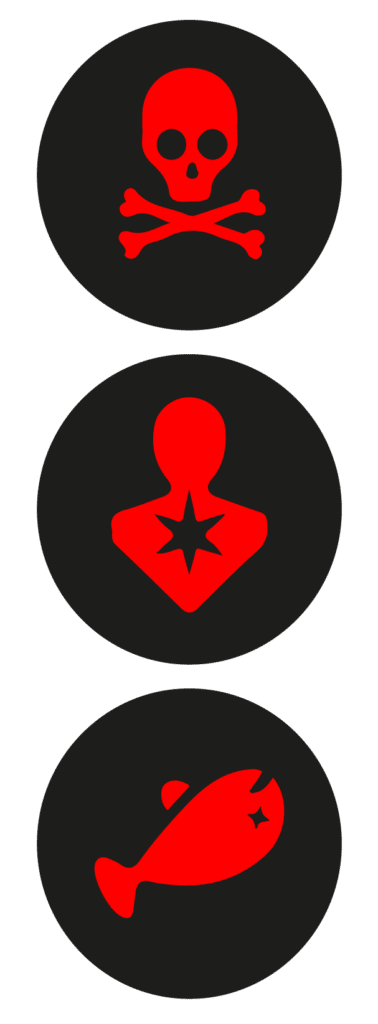

Early detection of CrVI compounds in coatings can remedy these health risks so that appropriate protective equipment can be used.

The most well-known method is the swab-test. The test uses a small amount of reagent which reacts to CrVI. This reaction is visible due to the formation of a pink/purple colour. The test is easy to use but highly unreliable for several reasons, but the most important being that the test can result in false-negative results (test results show absence of CrVI, but there is CrVI present!!). False-negative results even occur at high concentrations of > 1000 mg/kg coating CrVI. The test is strongly influenced by components that are commonly found in coating.
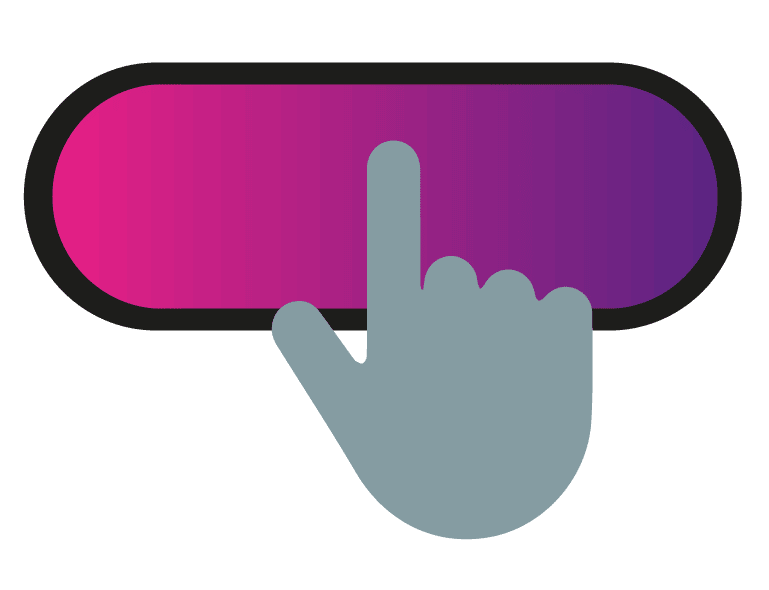
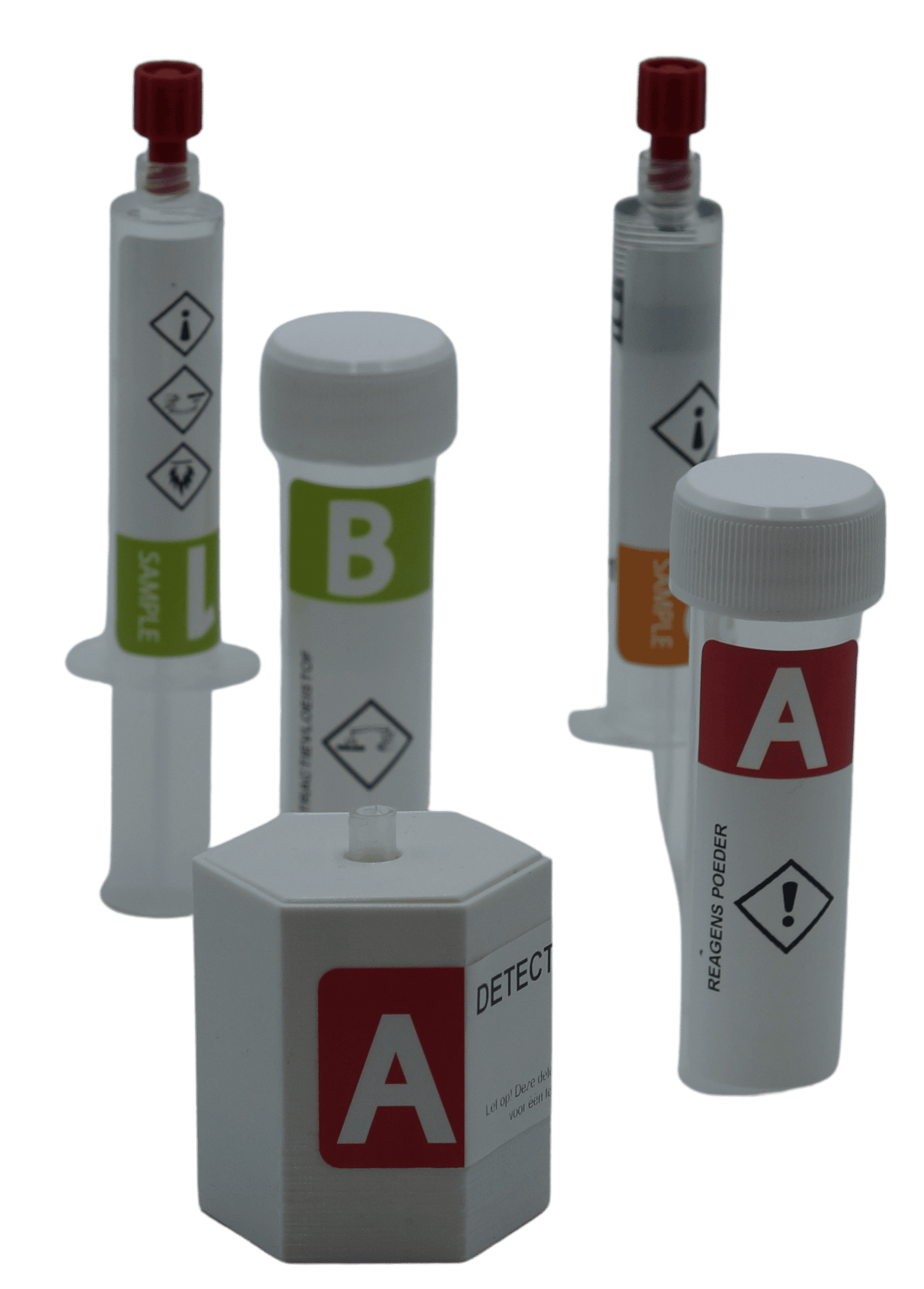
False-positive results can also occur due to pigments in the coating which can be very similar to the colour of the reagent.
Laboratory analysis is an alternative way to detect the presence of CrVI compounds. Although the method used in the laboratory reduces the chance of a false-negative result, it is still sensitive to disruptive components in the coating.
For example, when high concentrations of contaminants such as Zinc or Aluminium are present, which are commonly found in all types of coatings, this analysis is influenced negatively producing results with a decreased amount of CrVI or no CrVI at all. Besides that, this method is slow (3-8 working days) and expensive, time is money!
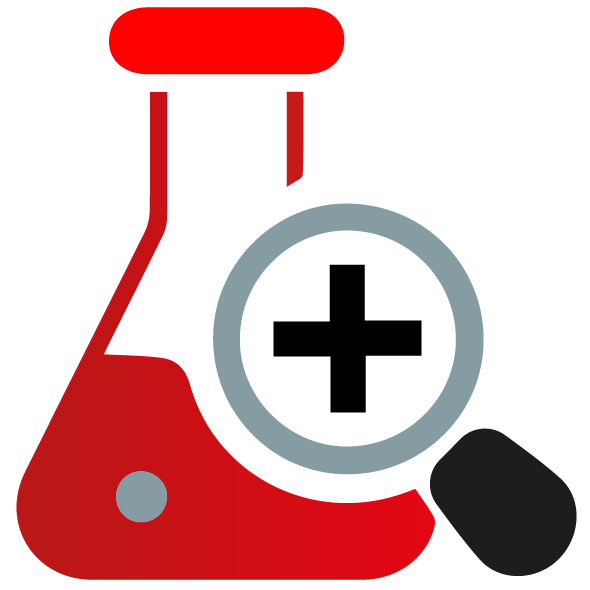


The great benefit of the revolutionary method is that it makes it possible to detect CrVI on-site with the highest reliability. It is possible to detect hexavalent chromium from as low as 20 mg/kg, even in the presence of disruptive contaminants. Depending on the desired detection limit, a single test can be performed in 20 minutes.
From field samples we have performed on many different infrastructures, it is clear that the Chromate issues goes much further than the Dutch rail wagons and the equipment of the Dutch army. Indeed, from our direct observations it appears that the percentage of 55% of the samples is just a tip of the iceberg.
A quickscan of bridges in the Province of North Holland show that 50% of the examined steel were prone to CrVI. CrVI was found on the famous Waalbridge in Holland in 2018 which led to an extra cost of 25 million EURO. Solutions are needed for environmental-, applicator friendly methods to remove coating. The methods to remove coatings or layers of coatings should not produce gases, fumes and dust which can affect the environments and applicators health.

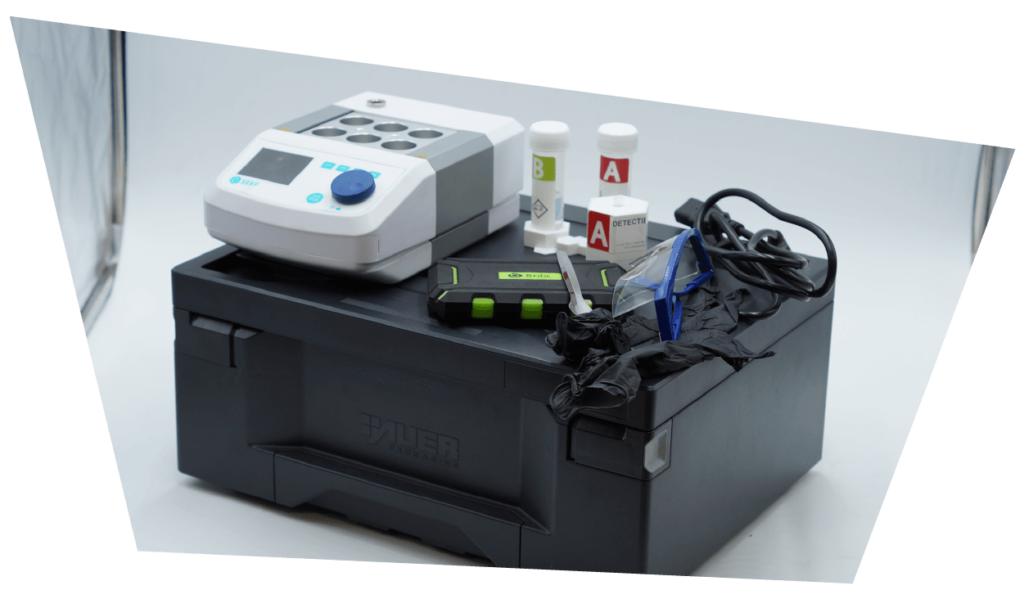

Today, CrVI is forbidden as a coating ingredient in Europe. It is blacklisted by EU REACH regulation (Registration, Evaluation, Authorization and Restriction of Chemicals). Since 2017 users of CrVI containing coatings must possess special permits for their production. Nevertheless, there remain many thousands of coated infrastructures containing CrVI in the market and chromates must therefore be monitored carefully.
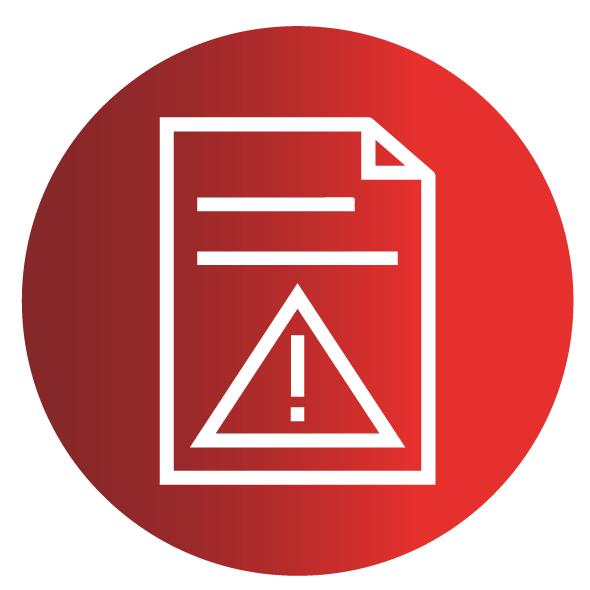

Contractors, engineers, and asset owners should mitigate risks as much as possible to protect people and nature. Solutions such as bristle blasting where dust can be captured by special units attached to the tool or machine are one solution to the chromate issue. Bristle blasting is a method of surface preparation creating a profile of > 50 micron and offers a cleanliness similar to ISO 8501-1 Sa2,5.
A guideline for taking samples is the OGOS-300-TRL. This guideline pays attention to paint samples in relation to CrVI. Neutralising methods to change CrVI to CrIII also exist. This is for example the ChroNO64 method.
Engineers, asset owners and contractors should be aware of possible extra costs when CrVI sampling is required prior to starting a rehab or maintenance project. It is important to understand preventive methods of neutralising CrVI to CrIII, or methods like bristle blasting without dust generation. Failing to take precautions in this regard could result in the stopping of the project.

Download Dr. Prepper No. 9
You can also download the other complete Dr. Prepper editions:
 Portugees, Portugal
Portugees, Portugal Nederlands
Nederlands Spaans
Spaans Frans
Frans Duits
Duits Engels
Engels